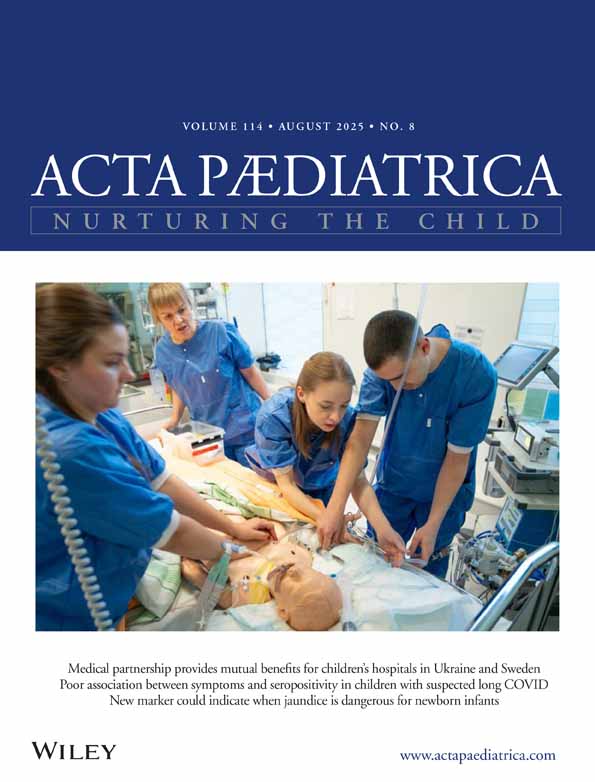Outbreak of Coxsackievirus A-14 Meningitis among Newborns in a Maternity Hospital Ward
Abstract
ABSTRACT. During the late winter of 1983, 16 newborns with vague symptoms of failure to thrive, reluctance to feed and a slight rise in body temperature, were found to have meningitis caused by Coxsackievirus A-14. The cerebrospinal fluid showed pleocytosis with polymorphonuclear cells in excess but was otherwise normal. The clinical course was uneventful in all infants, but two of them demonstrated clinical signs of incipient cerebral oedema during the acute phase of the illness. An electroencephalogram (EEG) during the initial course of the disease and at nine months of age was normal in all. During a follow-up period of 21/2 years they all developed normally and no sequelae were noted. The presentation also demonstrates the usefulness of Vero cells for the propagation of the responsible virus.




